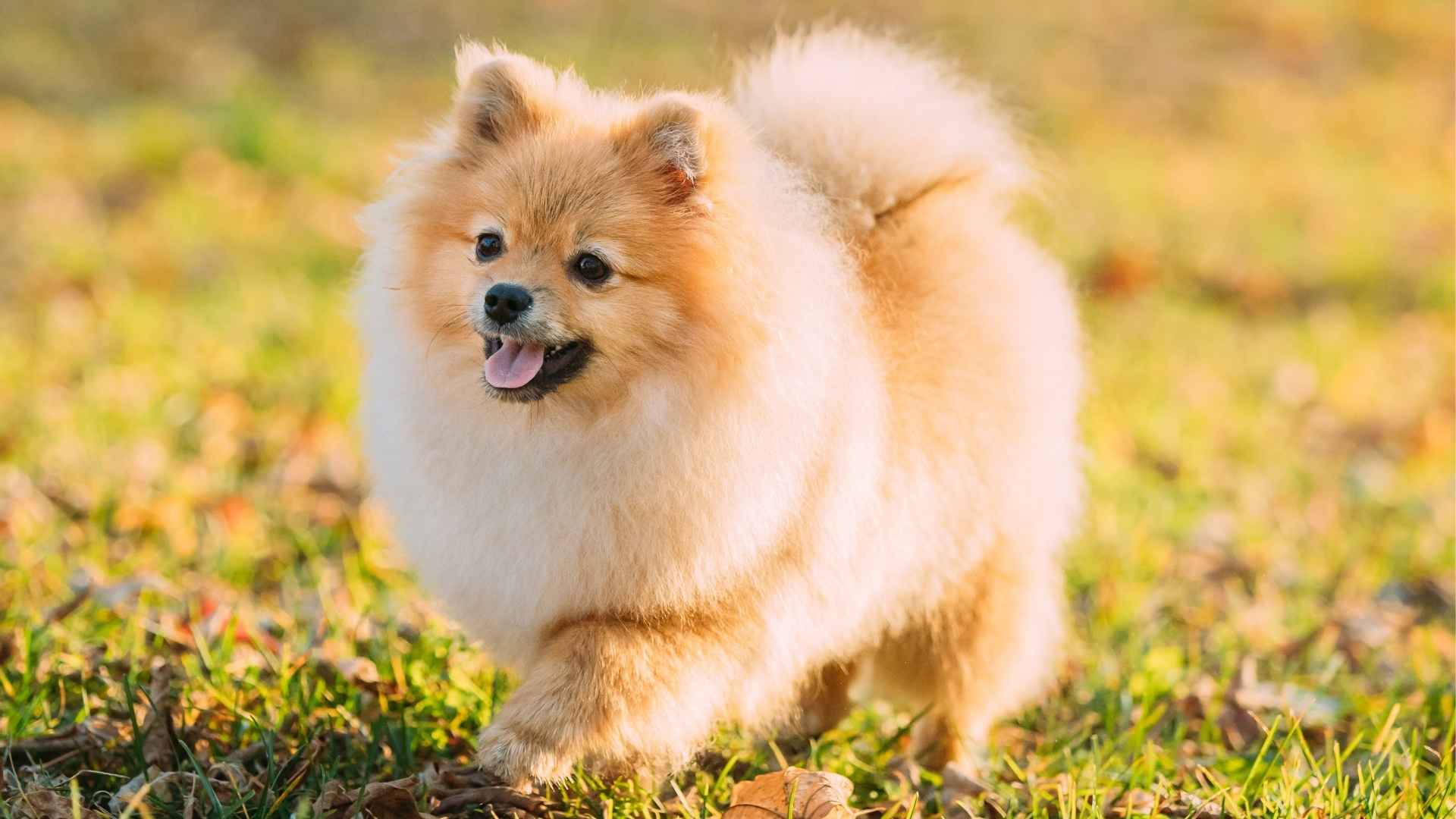Let’s face it—nothing breaks a dog owner’s heart faster than a health scare. While we can’t predict the future, we can choose breeds with strong track records when it comes to long-term health. And when it comes to serious conditions like cancer, some dogs are just built tougher.
Enter the cancer-resistant champs of the canine world. These are the breeds with genetic strengths, lower predispositions to common cancers, and often, longer lifespans. Think of them as the marathon runners of dogdom—sturdy, healthy, and likely to be wagging their tails well into their golden years.
Of course, no breed is 100% immune, and lifestyle plays a huge role too. But if you’re hoping to share more birthdays, longer walks, and extra couch snuggles with your pup, choosing a breed known for its resilience can be a smart (and heart-smart) move.
So, if you’re looking for a loyal companion with fewer vet visits and more happy years, read on. These dog breeds are winning the genetic lottery—and might just win your heart too.
Dog Breeds With High Cancer Resistance
1. Labrador Retriever
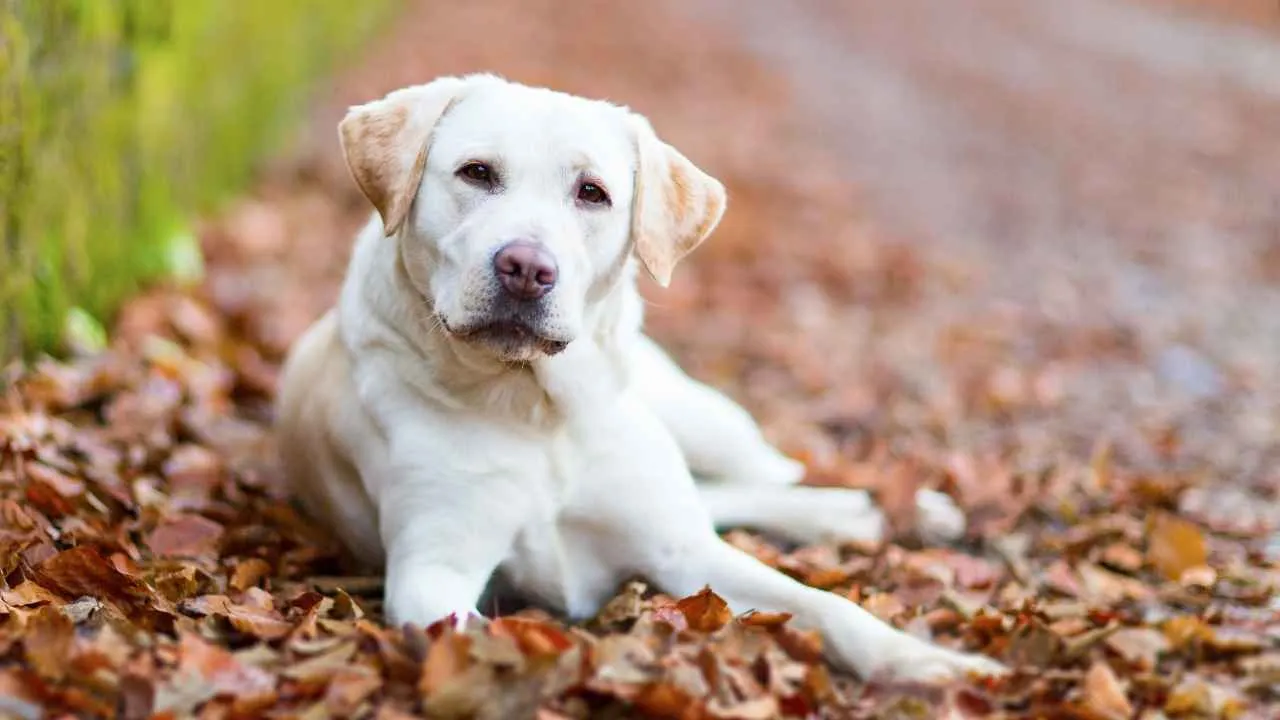
When it comes to charm, intelligence, and that tail-wagging zest for life, the Labrador Retriever is basically the golden retriever’s goofy, more athletic cousin — and guess what?
This friendly pup isn’t just here for the belly rubs and fetch marathons. Labs are known to have a relatively strong resistance to certain cancers compared to many other breeds, which makes them not only lovable but also a bit of a genetic jackpot.
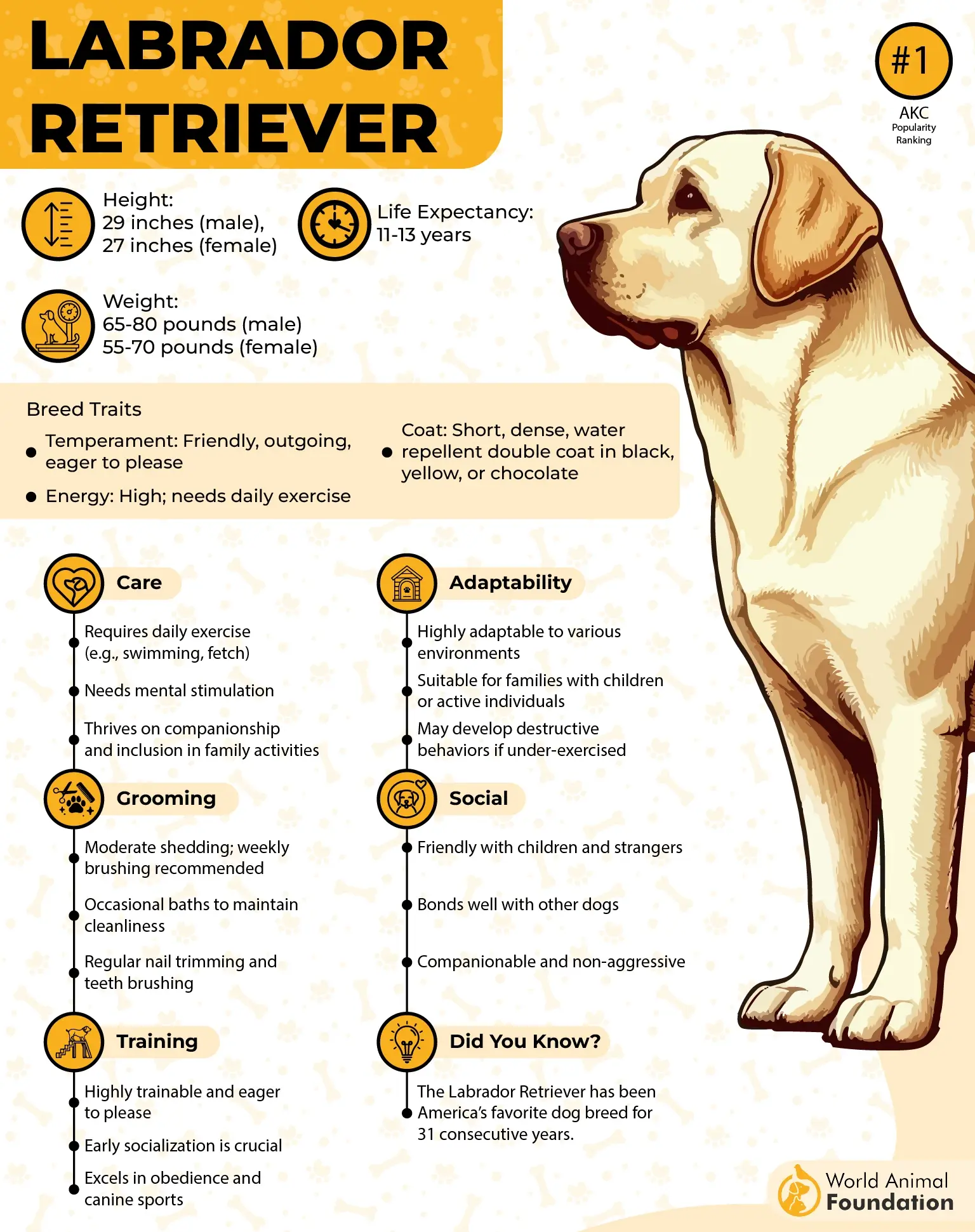
Now, let’s not say Labs are invincible (they still can’t resist eating socks), but their lower predisposition to many forms of cancer—like lymphoma and osteosarcoma, which plague several other large breeds, means they’re statistically less likely to face those heart-wrenching health battles.
Their sturdy genetics come from a long history of selective breeding for endurance, work ethic, and companionship rather than just show looks. That’s right — this breed wasn’t bred to be a diva, it was bred to do stuff and stick around.
Plus, Labs are America’s favorite for a reason: they’re affectionate without being clingy, energetic without being wild (ok, except as puppies), and loyal to the core. They’ll guard your kids, your snacks, and your mood — all while rocking that trademark goofy grin. They’re basically the golden boys and girls of the dog world… without the drama.
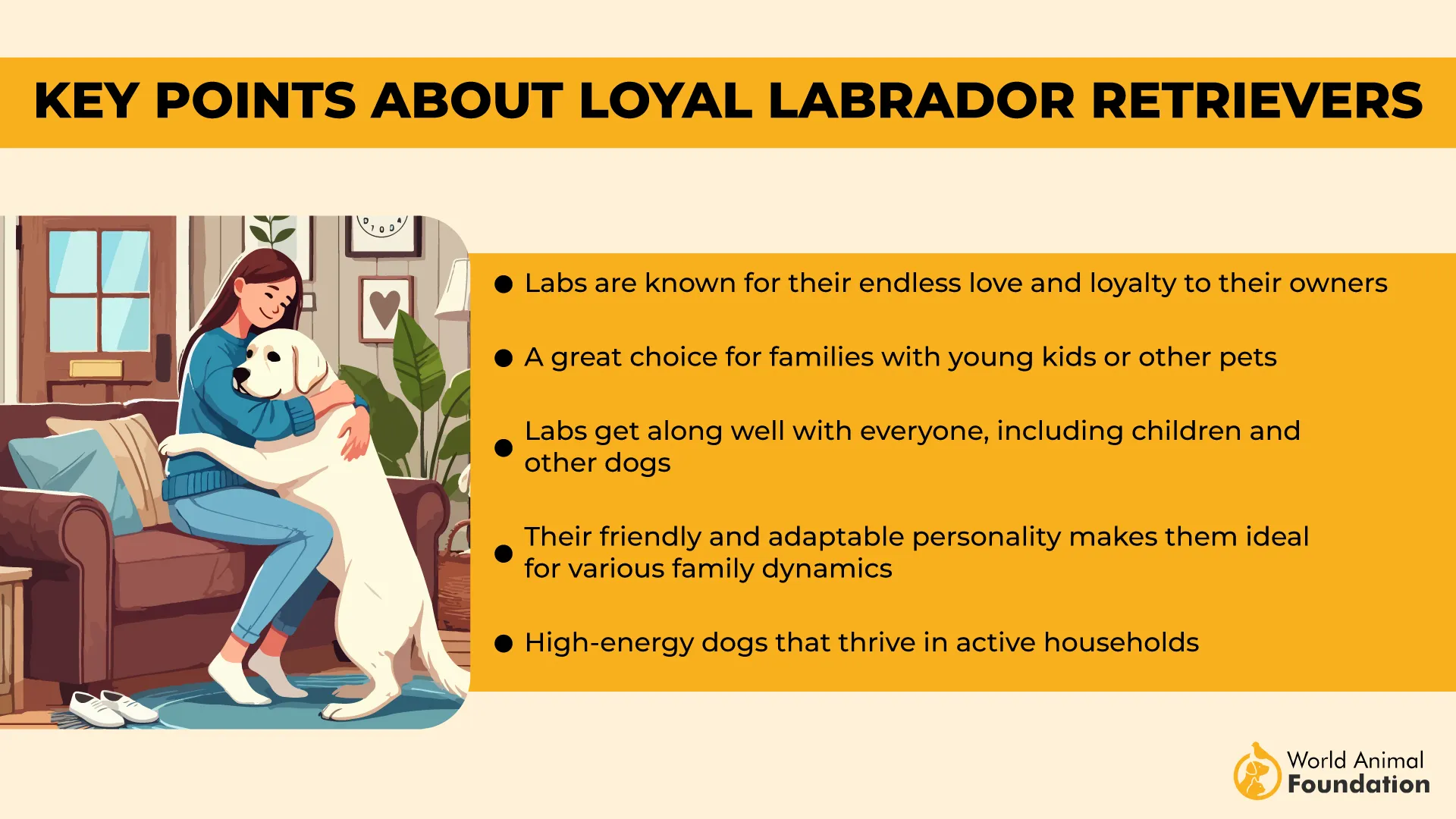
Pro tip for keeping your Lab healthy:
✅ Keep them lean (they will try to sneak three dinners)
✅ Get them moving (daily zoomies required)
✅ Regular vet checkups — because being proactive > panic later
In a nutshell? Labs are like the golden retriever that actually eats its veggies and works out — less prone to cancer, full of love, and always ready to make your day.
2. Australian Cattle Dog
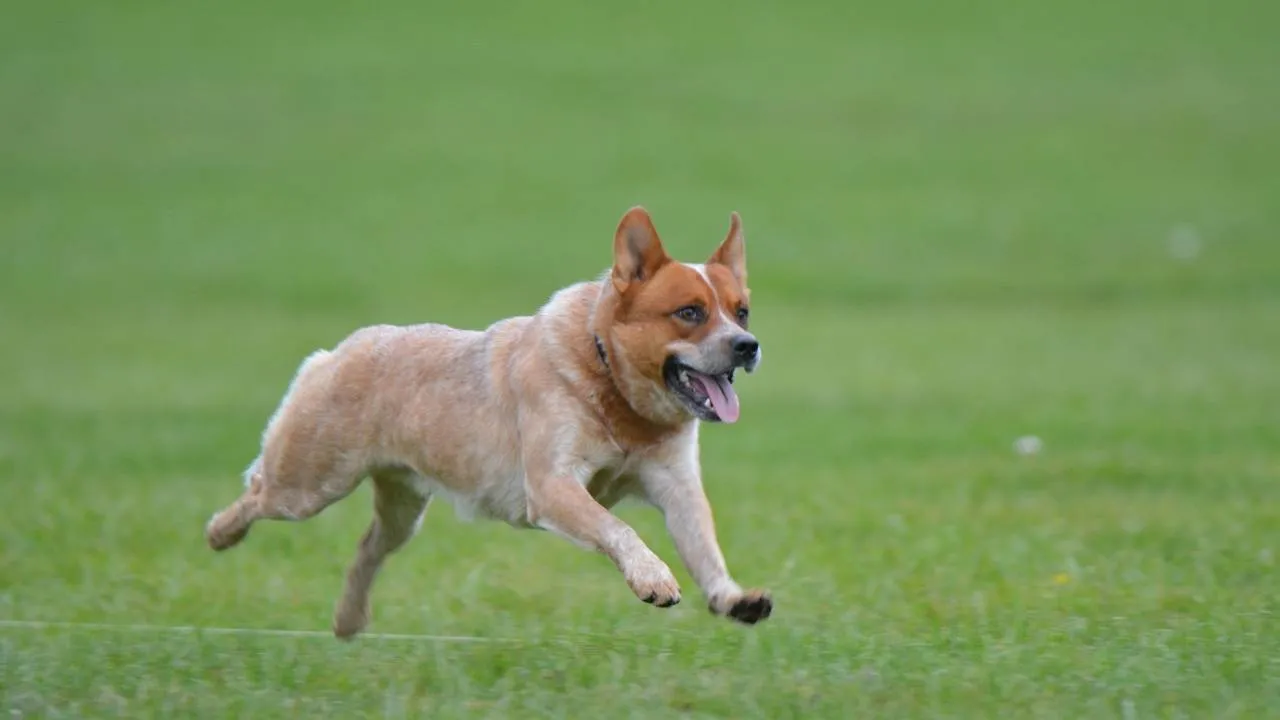
If the dog world had a gritty action movie hero, it would definitely be the Australian Cattle Dog. Picture this: part wild Dingo, part Blue Merle Collie, and 100% tough-as-nails.
Born to herd cattle across the scorching, rugged Outback, this breed didn’t just survive harsh conditions — it thrived in them. So, when it comes to health? The Aussie Cattle Dog doesn’t just walk the walk; it runs, jumps, and wrangles it like a boss.

This breed has earned a bit of a reputation for being one of the longest-living and most disease-resistant dogs around, and yep — that includes a lower incidence of many common canine cancers. While no dog is immune (not even this beefy little blue superhero), Australian Cattle Dogs have shown remarkable resilience against the kinds of tumors and illnesses that can cut other breeds’ lifespans short.
They’ve also got a secret weapon: that wild Dingo DNA. Mother Nature didn’t play around when she shaped this dog — she basically said, “Survive, or get left behind,” and the Cattle Dog took it personally. The result? A hearty immune system, rugged constitution, and a lifespan that can easily stretch well into the high teens.
But don’t let the serious survival skills fool you — these pups are also absolute goofballs when they’re not working. They’ll nip your heels when you’re walking to the fridge, organize your kids like sheep, and destroy a tennis ball faster than you can say “fetch.” Loyal? Intensely. Protective? Definitely. Healthy? Statistically, yes.
Health Tips for Aussie Cattle Dog Parents:
✅ Keep their minds and bodies constantly engaged (a bored Heeler = chaos)
✅ Feed them clean, high-protein food to fuel their wild heritage
✅ Routine vet visits (even superheroes need checkups)
Bottom line? The Australian Cattle Dog is like that rugged cowboy who never gets sick and lives forever — just furrier, funnier, and way better at catching frisbees.
3. Pomeranian

Don’t let the fluffy, toy-like appearance fool you — the Pomeranian is more than just a purse-sized puffball with a sassy attitude. Beneath all that glam is a surprisingly sturdy little dog with a relatively low cancer rate and a heart three times the size of its body (emotionally, at least).
Pomeranians are one of the smallest toy breeds, but they pack a lot of personality into a tiny frame.
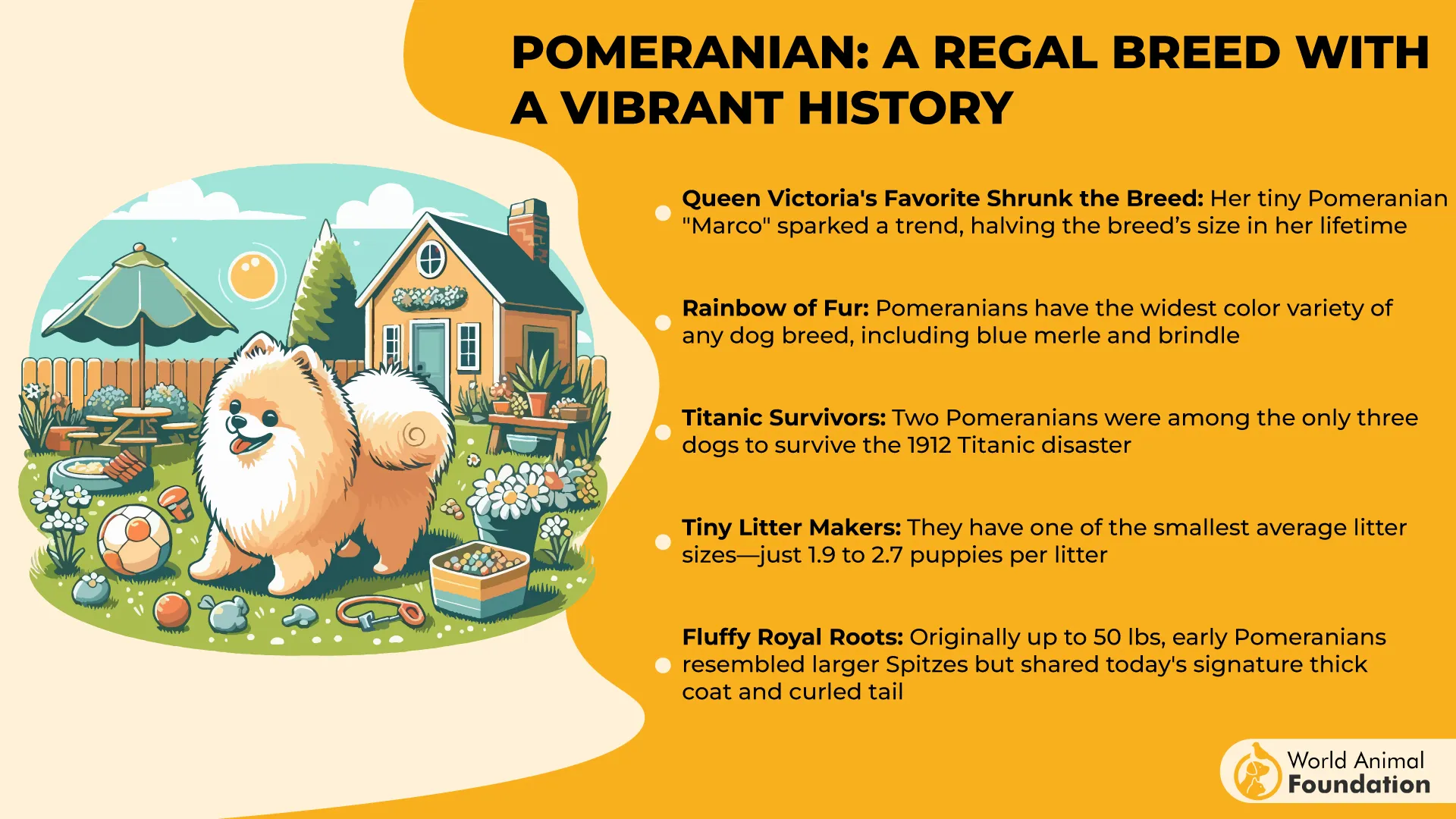
Height: Typically 6–7 inches ( at the shoulder
Weight: Usually 3–7 pounds
These pint-sized charmers are known for their spunk, loyalty, and a coat that could make a fashion influencer jealous.
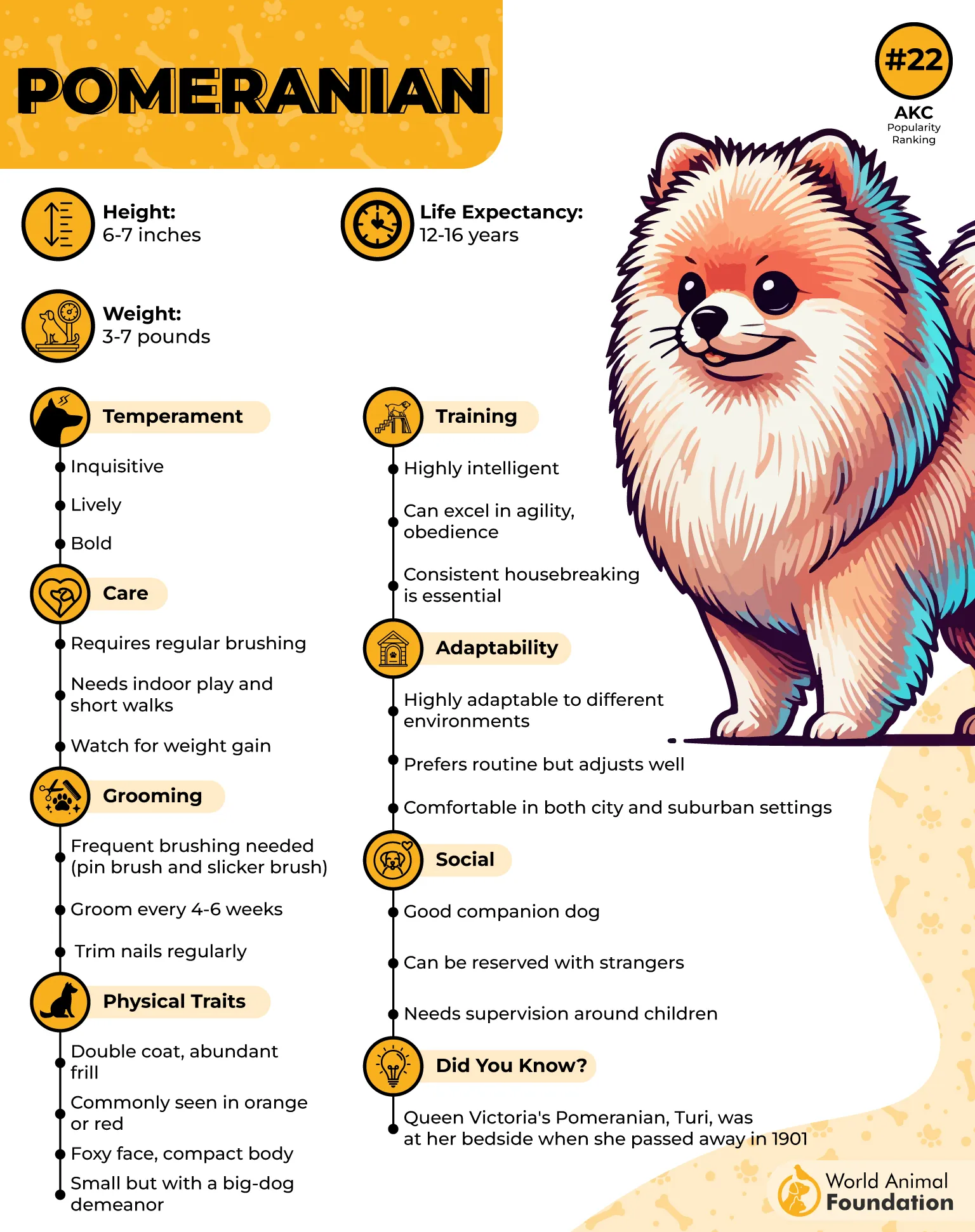
WebMD says Poms come in over 20 different color variations. Black and tan? Sure. Orange sable? Why not. Lavender merle? Sounds made-up, but it’s real. They’re basically the dog world’s answer to runway versatility.
And when it comes to health, the Pom proves that good things come in small, resilient packages. While they may have the occasional dental or joint issue (ahem — take it easy on the stairs, buddy), they’re statistically less prone to many types of cancer that affect other breeds. That means more years of snuggles, side-eyes, and yappy conversations.
Keep Your Pom Poppin’ With:
✅ Regular grooming (that fabulous coat needs upkeep)
✅ Dental care — small mouth = high maintenance
✅ Lots of love, attention, and perhaps a mini sweater collection
So if you’re looking for a dog that’s equal parts diva and durable, the Pomeranian is your four-legged fashion icon with a surprisingly strong immune system.
4. French Bulldog
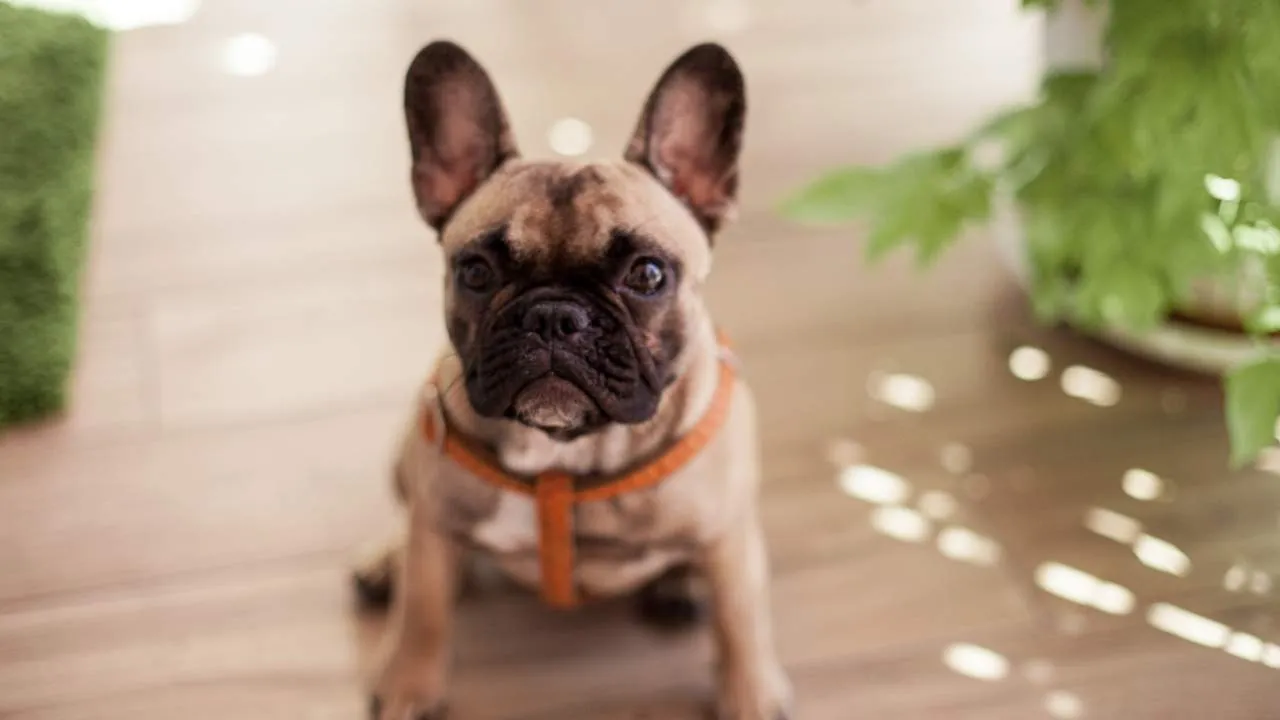
Meet the French Bulldog, aka the king of snorts, snoozes, and side-eye sass. According to the American Kennel Club (AKC), Frenchies are wildly popular in the U.S. — and it’s easy to see why. They’ve got charm, humor, and a face that looks like it was designed to be on throw pillows.
Now here’s the health scoop: French Bulldogs don’t have a particularly high rate of cancer, which is great news. But before you celebrate with pupcakes, there’s a catch: their signature smooshy face — known in fancy terms as brachycephalic anatomy — means they’re prone to respiratory issues. Basically, they’re cute… but they snore like a tiny grandpa.
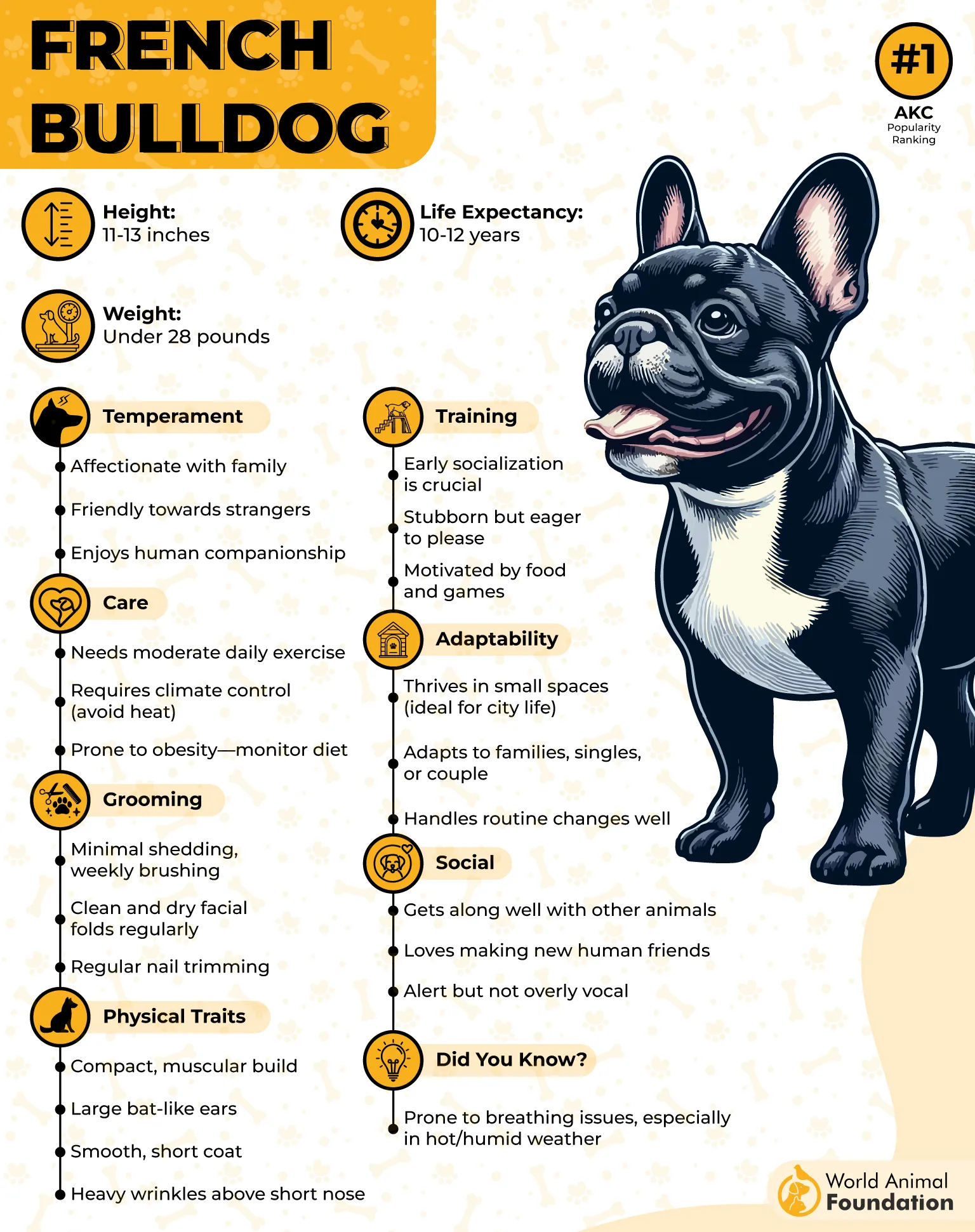
Frenchies can overheat quickly and struggle with intense exercise or hot weather. So, if you’re dreaming of long hikes with your dog, maybe get a Labrador. But if you’re all about naps, indoor playtime, and short walks to the fridge? The Frenchie might be your soulmate.
Frenchie Owner To-Do List:
✅ Avoid overheating — air conditioning is your bestie
✅ Watch their weight (they love snacks as much as you do)
✅ Get regular vet checks to catch any early breathing or spine issues
In short, the French Bulldog is a low-cancer-risk cuddle expert who’s more about vibes than cardio. They may need a little extra TLC when it comes to breathing, but with their personality and cuteness? Worth it. Every. Single. Snort.
5. Belgian Malinois
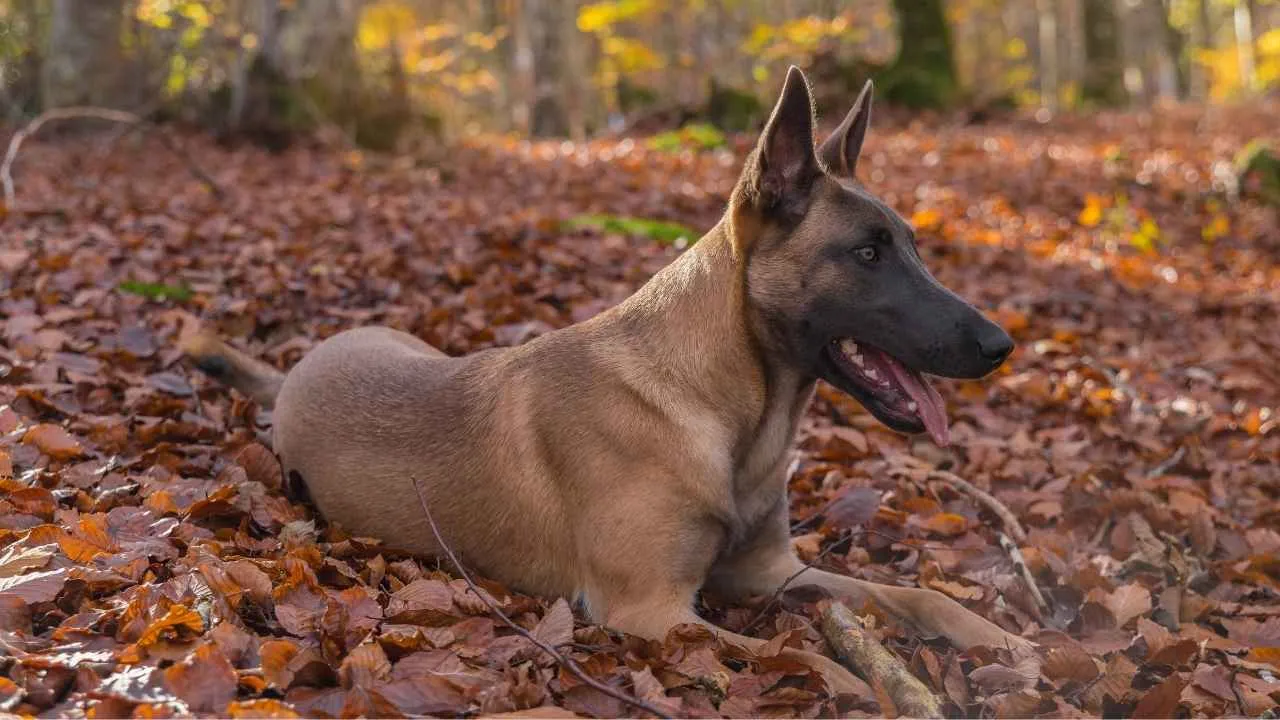
The Belgian Malinois isn’t just a dog — it’s a machine in a fur coat. This breed is the go-to for military units, police forces, and action movies because it’s basically a four-legged Navy SEAL.
And the best part? They’re known for being incredibly healthy, with a relatively low incidence of cancer compared to other large working breeds.
Bred for stamina, strength, and a serious work ethic, the Malinois is like that CrossFit friend who wakes up at 5 a.m., drinks spinach, and actually enjoys cardio.
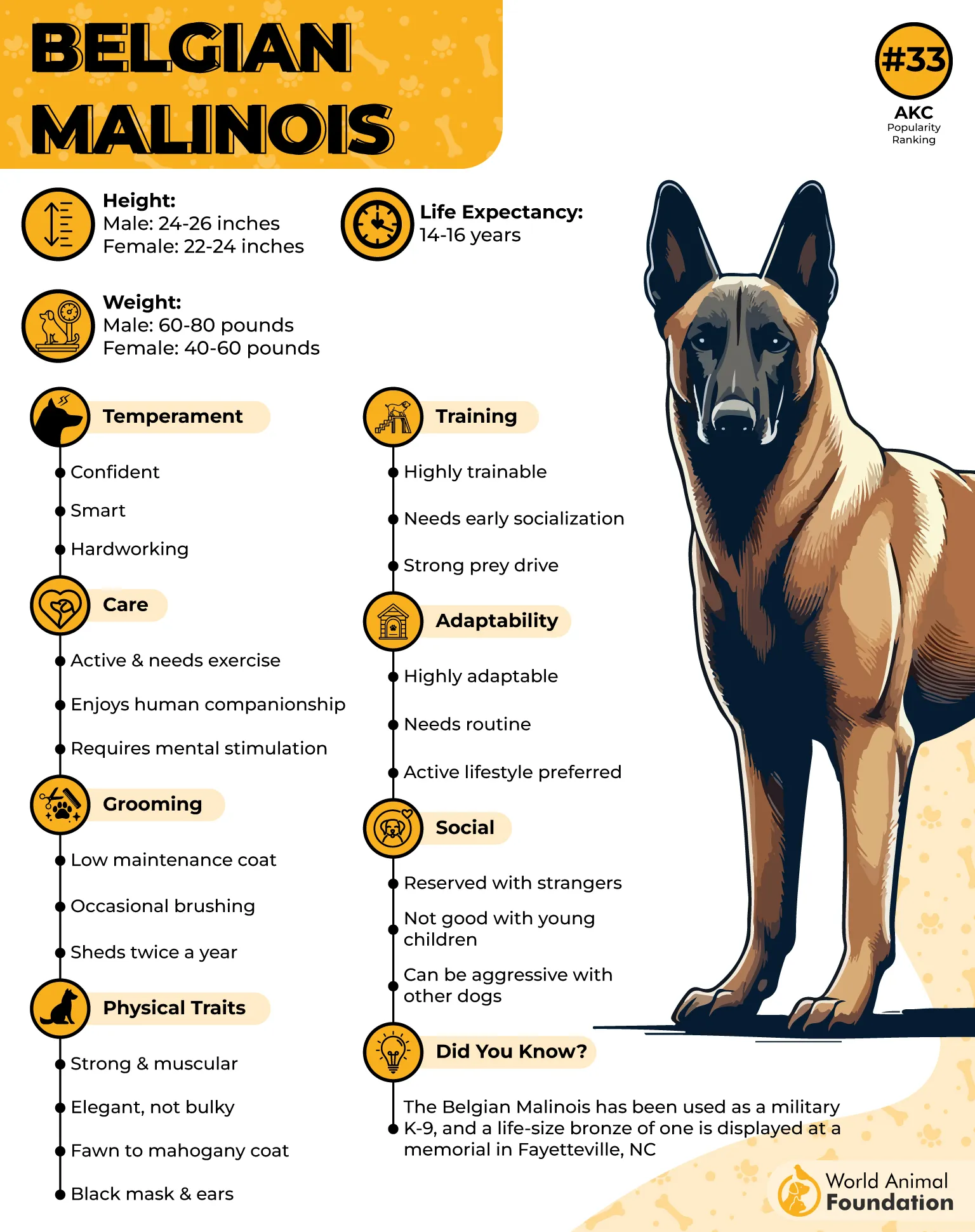
Their lean, muscular build and focused lineage have blessed them with a strong immune system and a lower risk of common canine cancers — a big win for a big-brained, high-drive breed.
Malinois Maintenance Checklist:
✅ Daily exercise — and we mean real exercise
✅ Puzzle toys and training drills to avoid boredom and chaos
✅ Regular vet checks (because even superheroes need a doctor)
But make no mistake: the Belgian Malinois is not a couch potato’s best friend. They need constant mental and physical stimulation. Without it, they’ll invent new hobbies — like redecorating your couch, chewing drywall, or organizing a jailbreak.
So, if you’re up for the challenge, the Malinois will reward you with unmatched loyalty, serious smarts, and a body built to last.
6. Chihuahua

The Chihuahua might weigh five pounds soaking wet, but this little bean brings a full gallon of attitude wherever it goes.
Known for their sass, loyalty, and the ability to command an entire household from a single throw pillow, Chihuahuas also enjoy a pretty solid resistance to cancer compared to many other breeds.
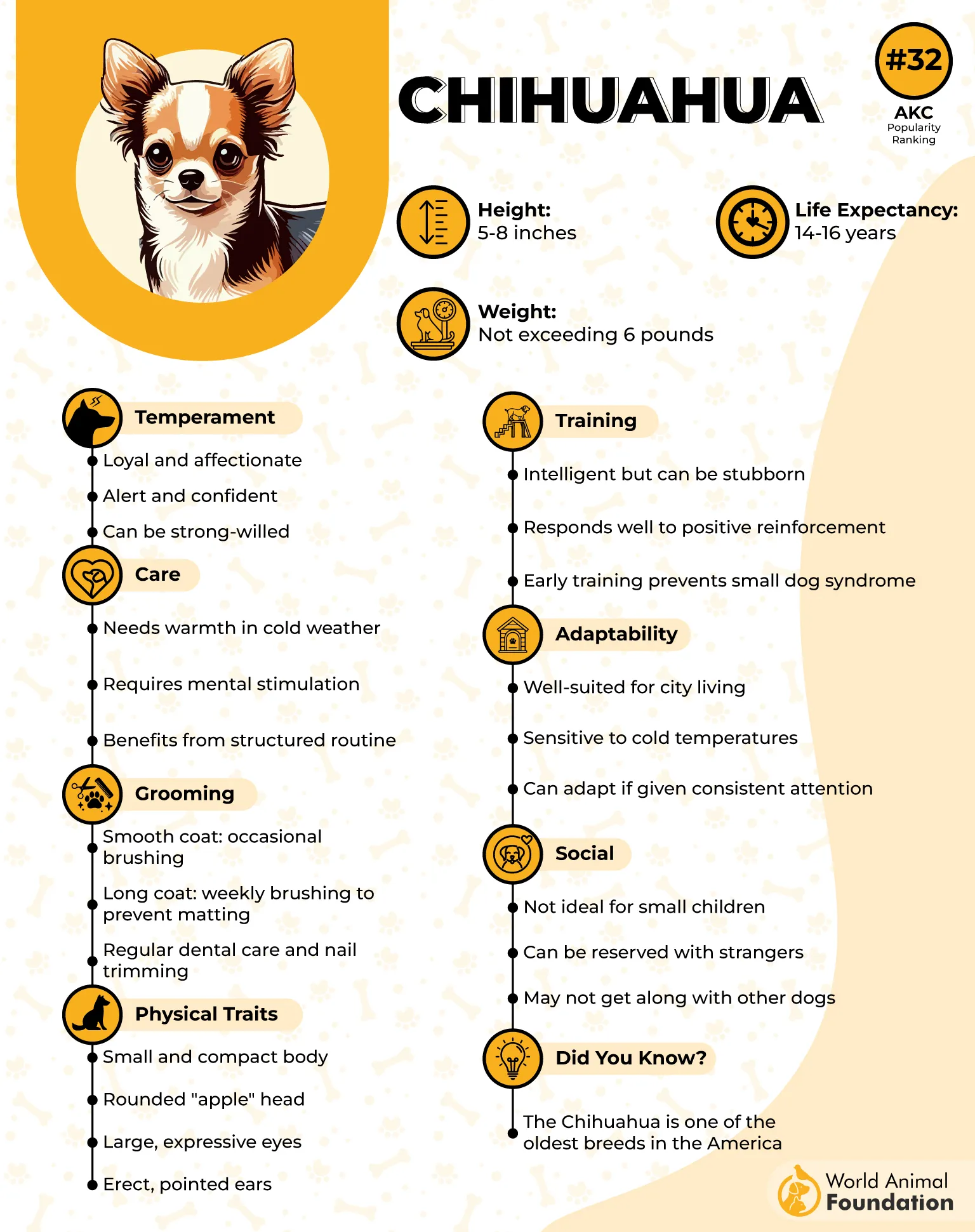
Yes, they’re small. Yes, they shiver even when it’s 75°F. But don’t be fooled — these tiny warriors are one of the longest-living dog breeds, often hitting 15–18 years with the right care, PetMD noted. And their lower cancer rates are a major reason why they tend to outlive much larger breeds.
Their health kryptonite isn’t tumors — it’s usually dental problems, luxating kneecaps, and the fact that they think they can fight a Great Dane. (Confidence? Through the roof.)
Chihuahua Survival Guide:
✅ Dental care = non-negotiable (those teeth are tiny and tricky)
✅ Don’t overfeed — they’ll pack on pounds fast
✅ Lots of love, cozy blankets, and respect for their royal status
So, whether they’re giving you side-eye from a handbag or ruling your living room like a mini monarch, Chihuahuas prove that size doesn’t define toughness — and neither does your bark-to-body ratio.
7. Beagle

Ah, the Beagle — equal parts detective, foodie, and low-key comedian. If dogs had jobs, the Beagle would be that nosy neighbor who knows everything going on in the cul-de-sac. But beyond their Sherlock Holmes-level sniffing skills, Beagles also bring a pretty solid resistance to cancer to the table.
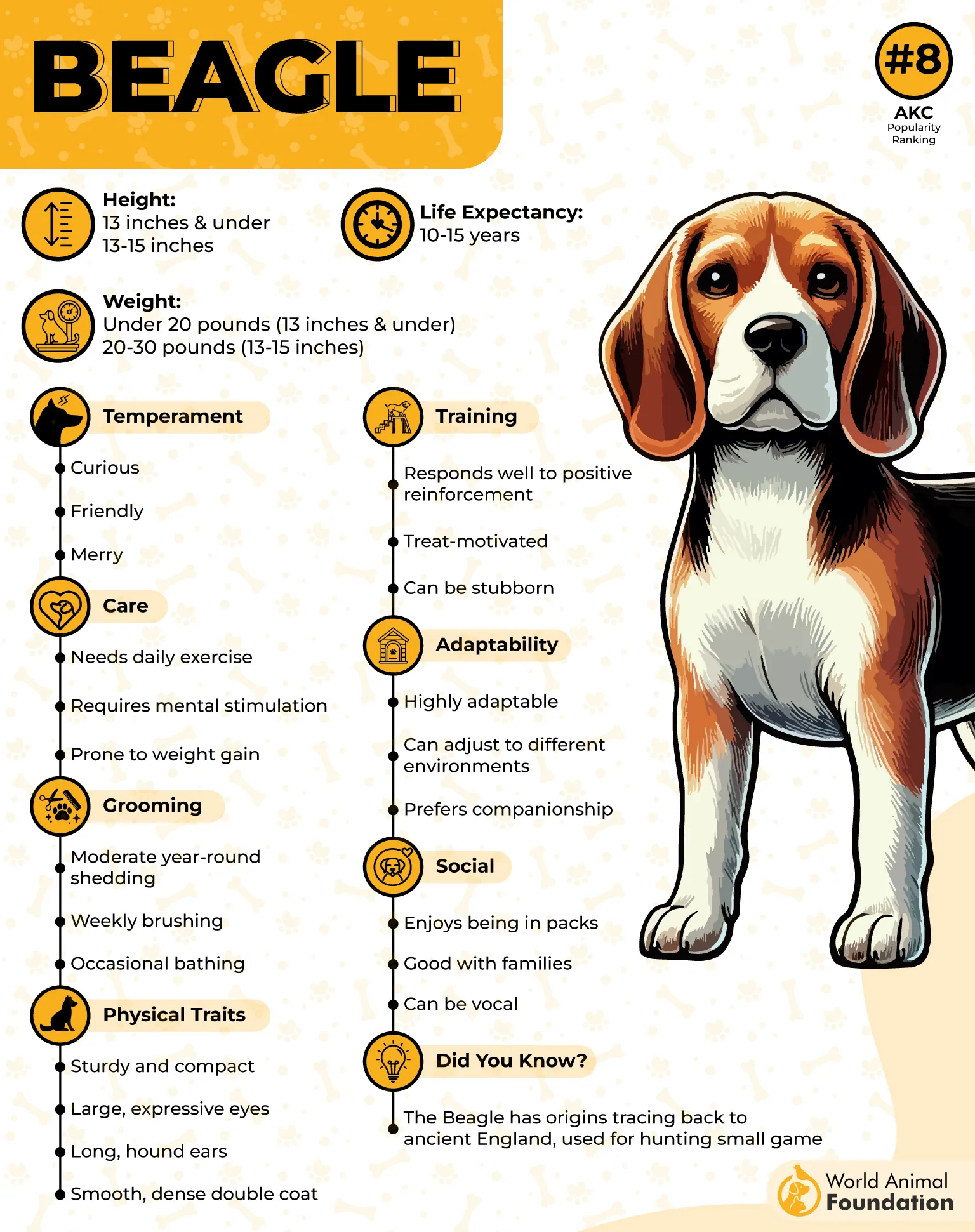
This compact hound is built tough. With a long history as hunting dogs, Beagles were bred for endurance and scent work, not for show, fluff, or Instagram glam.
The result? A sturdy immune system and fewer major health issues than many purebreds, including a lower-than-average rate of cancer.
Sure, they’ll still eat your sandwich and your socks, but they’re statistically less likely to face life-threatening illnesses compared to other mid-sized breeds. That’s a win-win (unless you’re the sandwich).
Beagle Owner Tips:
✅ Lock up the snacks — these dogs follow their nose… and their appetite
✅ Daily walks and stimulation to keep boredom (and howling) at bay
✅ Mental games and training: smart noses need smart tasks
Bottom line? The Beagle is like that one friend who eats whatever they want, stays healthy, and still has energy to party — plus, they’re cute, loyal, and make your home feel like an episode of Scooby-Doo.
8. Australian Shepherd
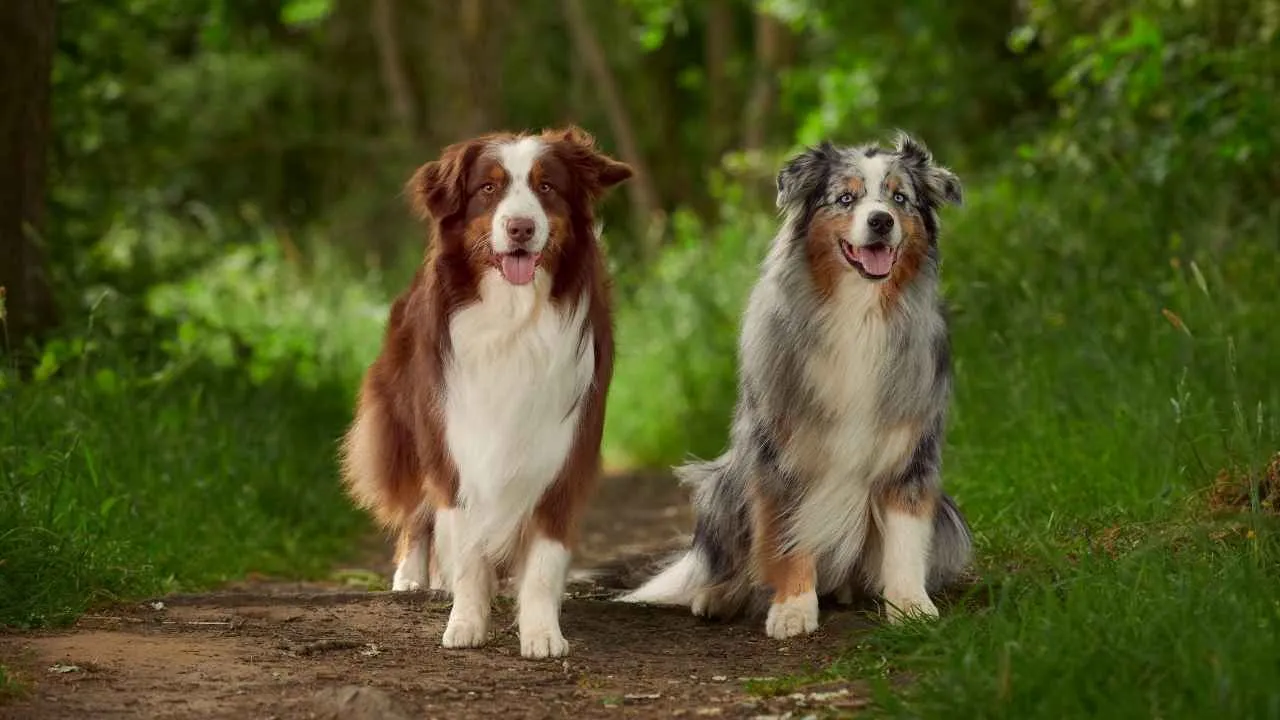
Meet the Australian Shepherd — the canine equivalent of a high-IQ, high-energy overachiever who’s always early, always alert, and somehow still adorable while doing backflips. And the best part? Aussies have been found to have relatively strong resistance to cancer compared to some other herding breeds.
These medium-sized dogs were bred to work hard. Whether it’s herding sheep, catching frisbees, or outsmarting your entire household, they’re sharp, agile, and surprisingly hardy.
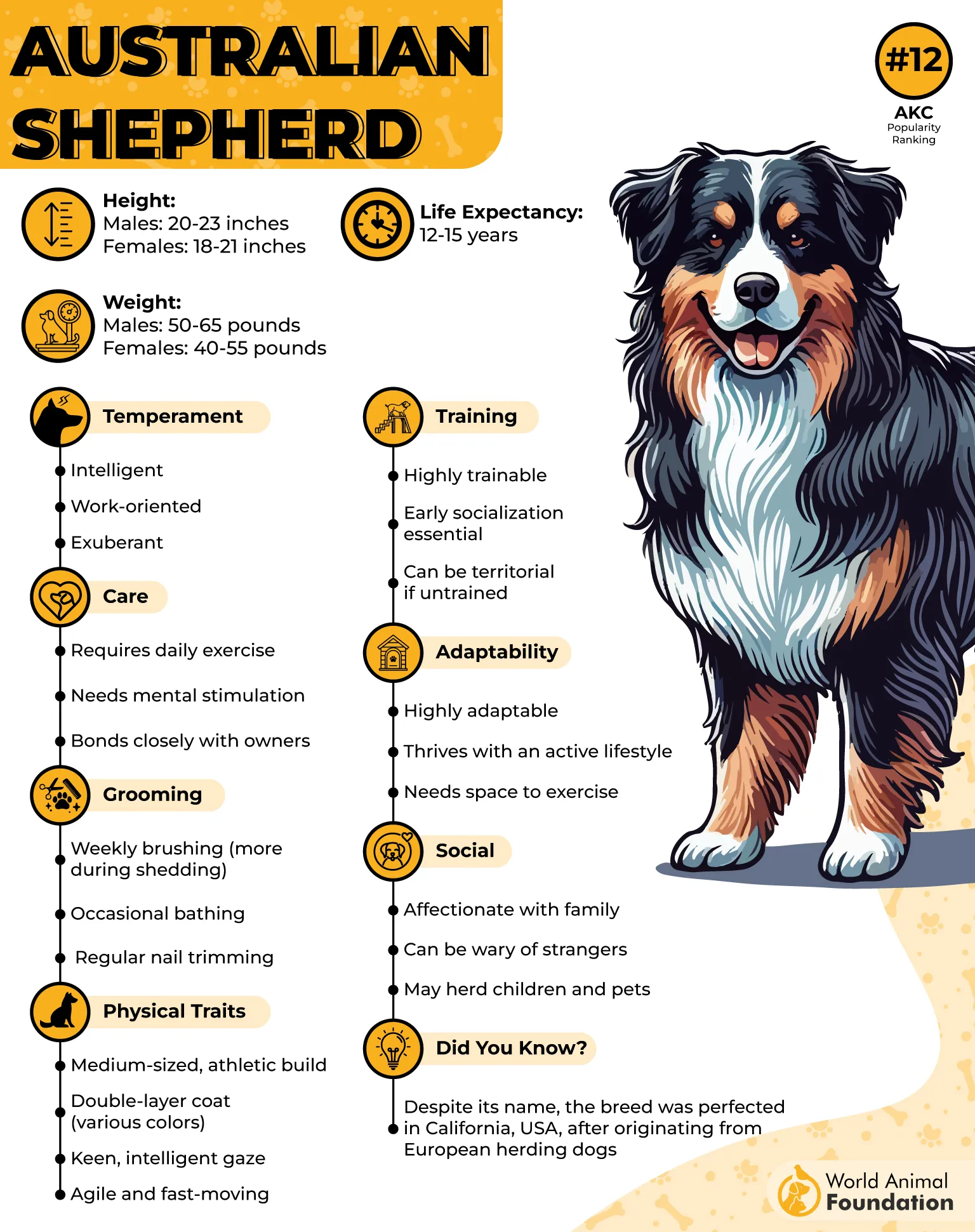
Thanks to strong genetics and a history rooted in utility (not just looks), the Australian Shepherd tends to have a longer lifespan and fewer cancer diagnoses than other similarly active breeds.
That said, their biggest health threats tend to be eye conditions and joint issues, but nothing a proactive owner can’t manage. Keep them moving, keep them stimulated, and you’ll have a loyal partner-in-crime for 12–15+ amazing years.
Aussie Parent Essentials:
✅ Get ready to exercise daily, and a lot
✅ Mental stimulation is a must — this dog needs a job
✅ Keep an eye on those eyes — regular vet checks help spot issues early
Australian Shepherds can grow into exceptionally well-behaved companions. Loyal and deeply devoted to their families, these dogs often become little shadows, following their humans from room to room, eager to stay close and involved in everything they do.
So if you want a dog that’s smart, stunning, and less likely to be sidelined by serious illness, the Aussie might just be your spirit animal. Just make sure you’ve got the time (and energy!) to keep up.
9. Doberman Pinscher
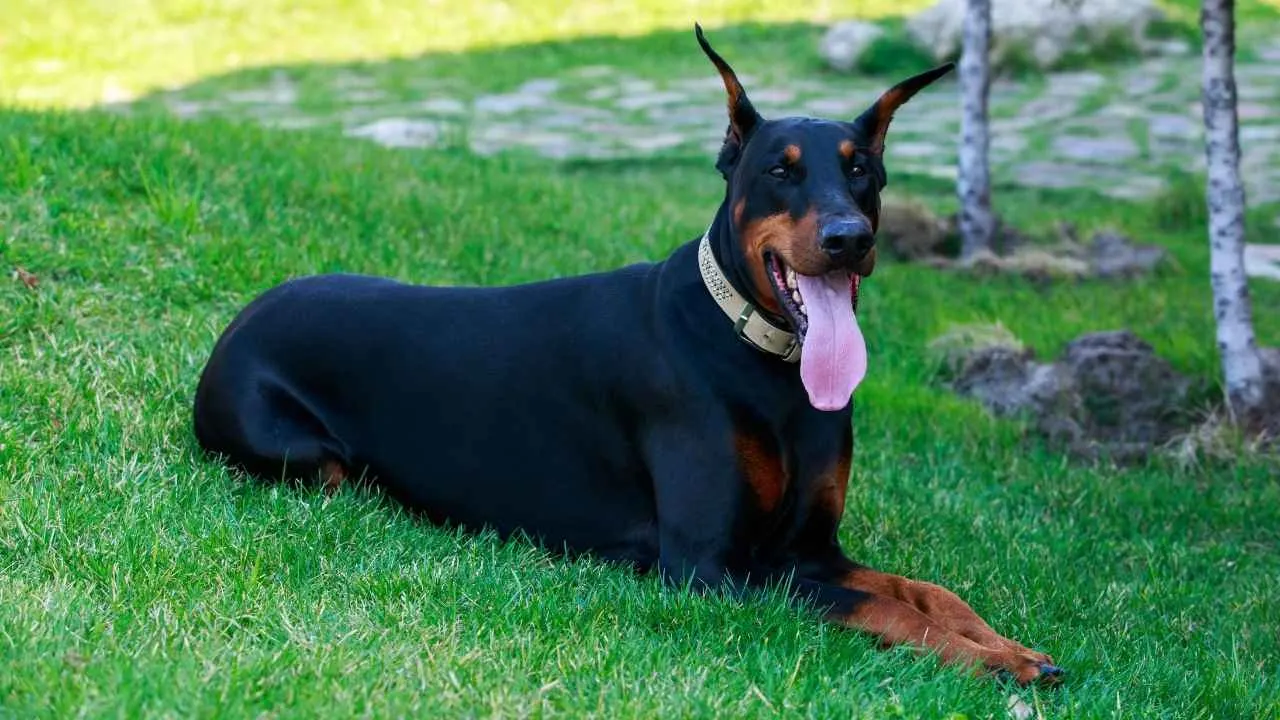
The Doberman may look like it just stepped off the set of a spy movie — sleek, poised, and ready to drop jaws (or intruders). But behind that intimidating elegance is a dog that’s not only incredibly loyal and intelligent, but also more cancer-resistant than you might expect.
While many large breeds struggle with a host of health problems as they age, Dobermans have shown a lower predisposition to certain cancers, including some of the ones that commonly hit other big dogs like Golden Retrievers and Rottweilers.
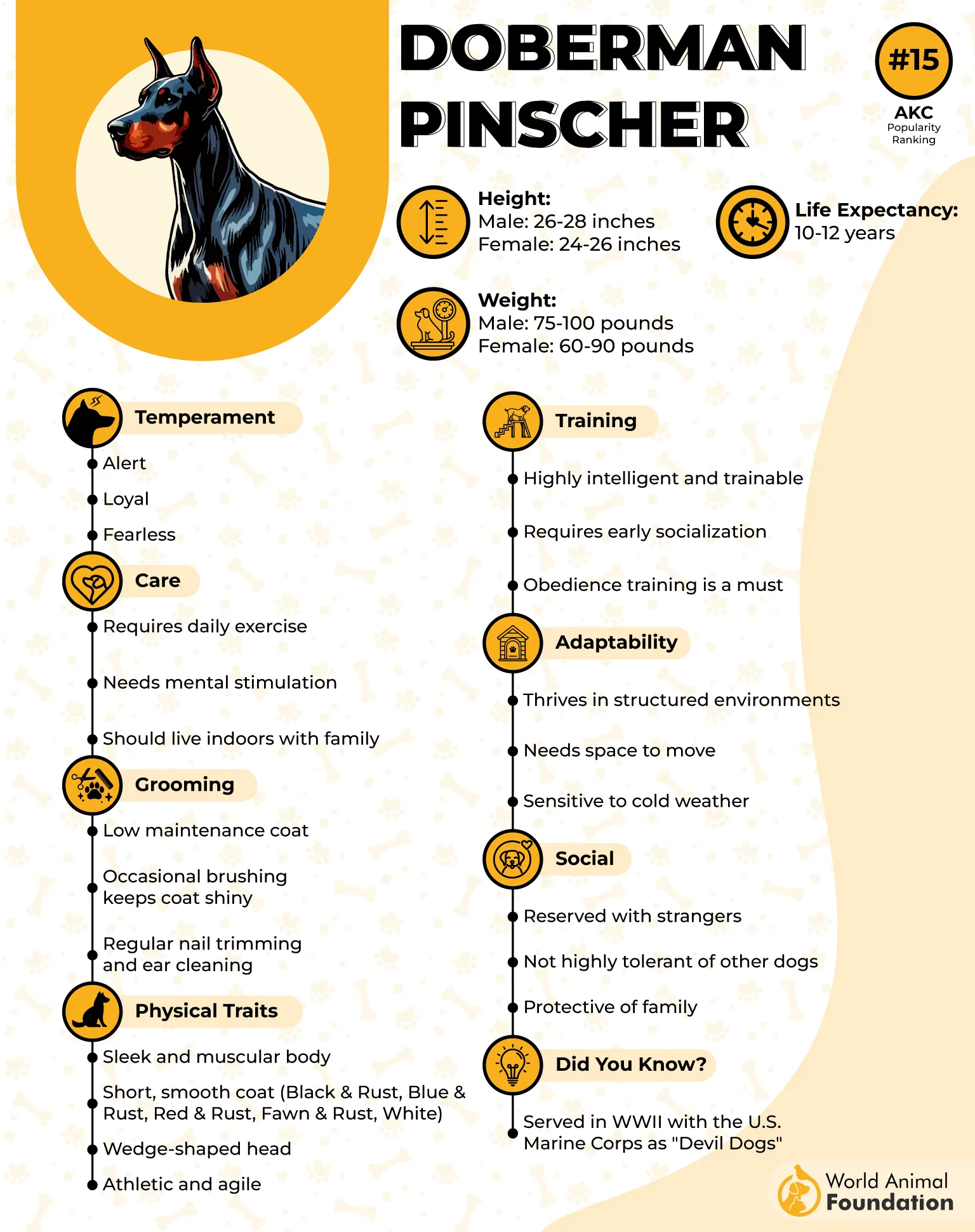
That’s not to say they’re bulletproof — heart conditions and genetic issues like von Willebrand’s disease are still something to watch — but in the cancer department? They’re holding their ground.
Why? Well, Dobermans were bred as protection dogs — tough, trainable, and meant to last. Their lean muscle mass, clean lineage, and selective breeding for function over fluff gives them a leg up in the longevity game. They’re basically the athlete who eats clean, stretches, and never skips leg day.
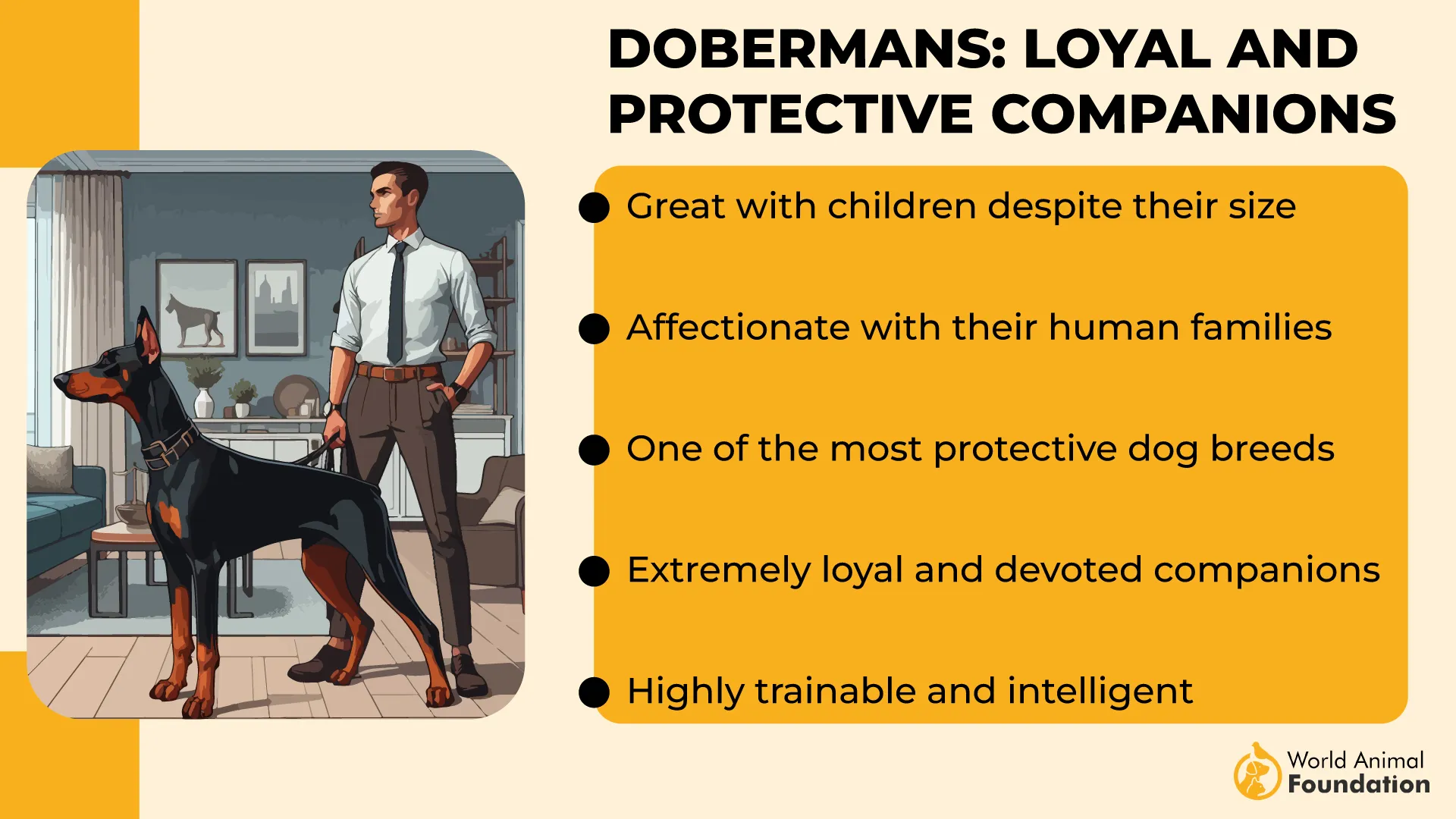
Doberman Owner Game Plan:
✅ Daily exercise — physical and mental, or they’ll outsmart you
✅ Regular heart screenings (seriously — their biggest health hurdle)
✅ Training, structure, and jobs to do = a happy Dobie
Bottom line? The Doberman is the kind of dog that makes you feel like you’re walking with a bodyguard, a best friend, and a brainiac — all in one polished package. And with their relatively lower risk of cancer, they’re built to be by your side for the long haul.
Conclusion
While dog cancer remains a leading cause of death in older pets, some breeds show remarkable resistance to common types like bone cancer, mast cell tumors, skin cancer, and even melanoma. Research shows that genes, environment, and exposure to factors like herbicides or obesity can increase the risk of cancers such as mammary cancer, breast cancer, transitional cell carcinoma, and cancers affecting the liver or lymph nodes.
Breeds less susceptible—unlike boxers, who face a higher risk—can develop fewer issues even as they age. Understanding this helps pet owners respond better, provide early support, and make informed choices. Studies continue to help us learn more and understand how to help dogs live longer, healthier lives—free from the shadow of hemangiosarcoma and other deadly conditions. Additionally, choosing breeds with strong genetic resilience offers hope in reducing the toll cancer takes on our companions.


